Experiments in Eco-Processing
Blog 2020 Autumn
October 2020
Perhaps there are periods in your life when you have a lot of time on your hands and/or you don’t have traditional fixer around - this is the perfect time to experiment with a salt fix.
It is very important not to misinterpret the salt measurements.
Remember to measure the salt using grams (g) NOT millilitres (ml) - there is a huge difference.
Salt Fix Experiment One
Ingredients:
1000 g of coarse salt (aka pickling salt)
1000 ml of water
Method:
To help the salt dissolve quicker I increased the temperature of the water to almost boiling boiling point on medium-high heat and gradually added the salt stirring constantly.
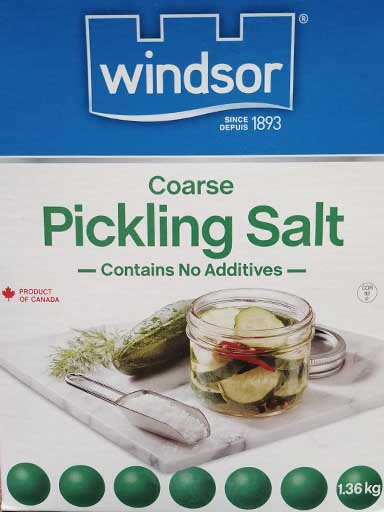
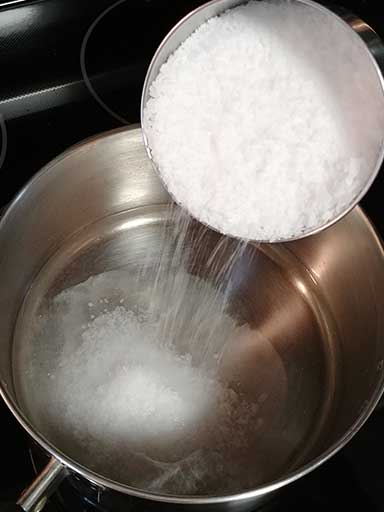
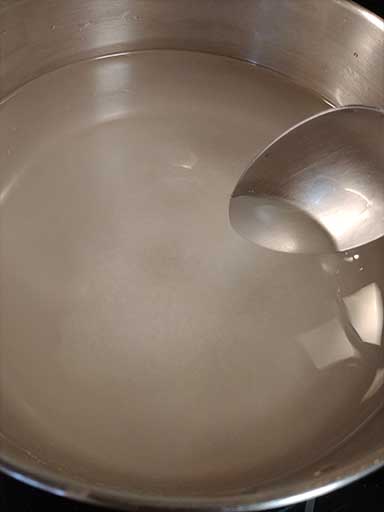
Even though I gradually added the salt I could not dissolve all of the salt...
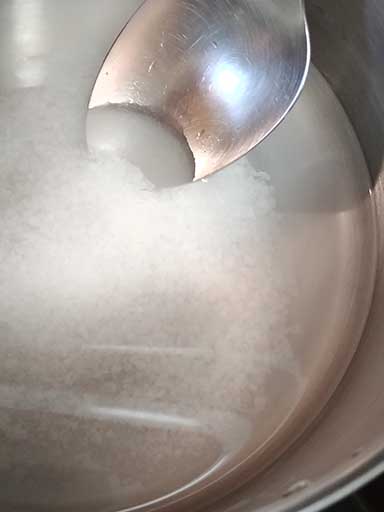
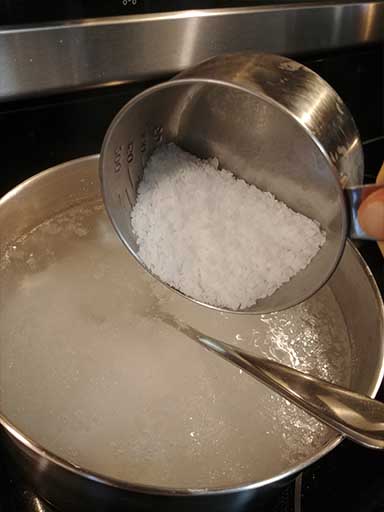
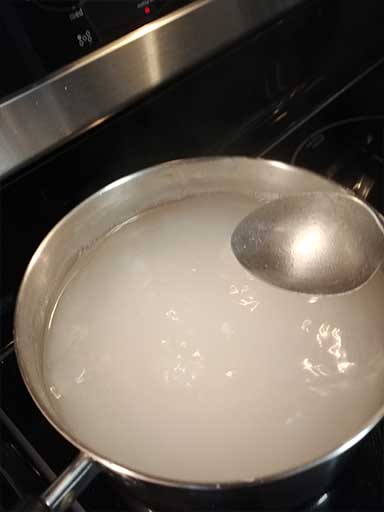
and it looked like this:
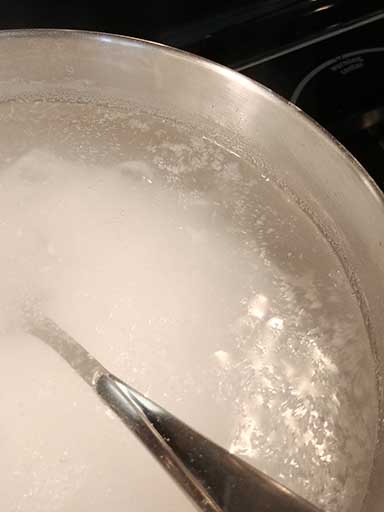
Note the crystals trying to form on the surface.
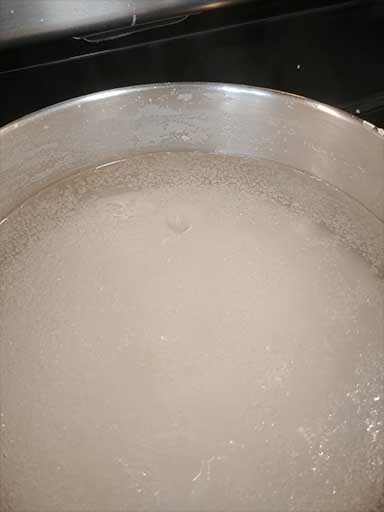
Salt Fix Experiment Two
For second attempt, I did some research on the saturation point of salt. I didn't want to waste so much salt but how much salt would I really need in order to reach the saturation point? I discovered the saturation level of salt in one litre of water depends on the temperature of the water. Water at 20°C can dissolve about 357 grams of salt for a concentration of 26% weight per weight (w/w) and water at 100°C the concentration is 28% w/w. I decided to again heat up the water but I was only able to dissolve 292 grams of salt before I reached the point where the salt wasn’t dissolving any longer, so I stopped adding salt. But if you recall my water was not at a full boil. I neglected to take any temperature readings during this part of the process which was unfortunate. Increasing the temperature also leaves you with the problem of then having to cool the water to 21°C. I didn't think fixing the film at such a high temperature would be a good idea for this experiment. But perhaps this is an idea for another experiment. As I was cooling down the Salty Fix the salt crystals began to form again on the bottom of the jar, which makes sense.
Ingredients:
292 g of coarse salt (aka pickling salt)
1125 ml of water
Note: The water was increased by 125ml to accomidate for evapouration of the water.
Method:
Gradually add 292g of salt to 1125ml of almost boiling water (stove at high heat) stirring constantly. This will take about an hour (I recommend putting on some relazing tunes or a nice podcast) Let cool to room temperature about 21 °C.
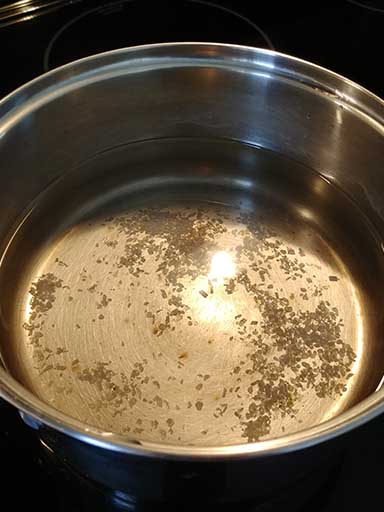
Gradually adding salt
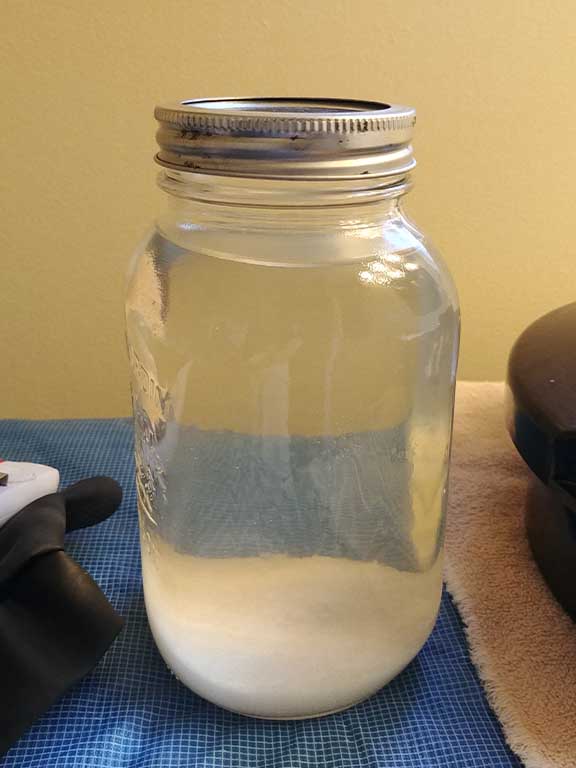
The Salty Fix!
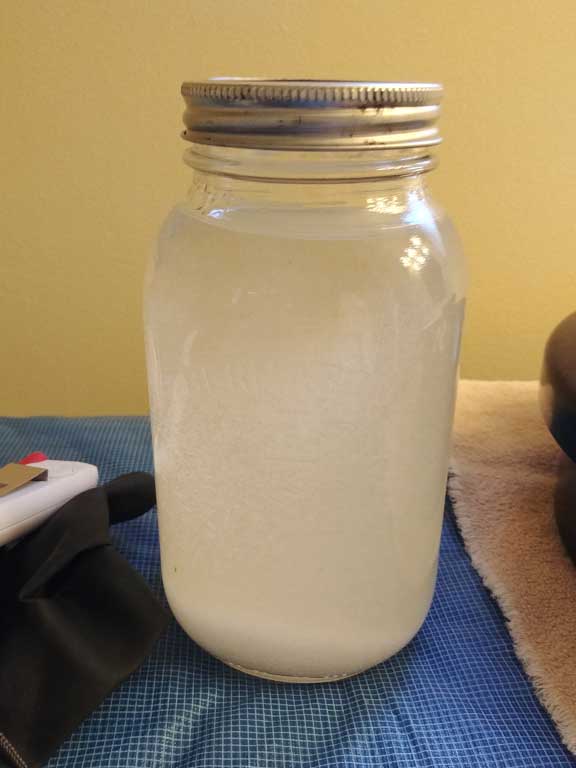
I gave the jar a good stir to mix up residual salt at the bottom of the container
Developing and Fixing with a Salty Fix
For this experiment I used 16mm tri-x and Super 8mm tri-x in a lomo tank.
Method:
1 min. water rinse
Standard caffenol recipe for 1 L in Lomo Tank
30 sec. First Water Wash
30 sec. Second Water Wash
Add 1000 ml of the Salt Fixer (aka Salty Fix)
Agitate gently for 1 minute
Leave film and the salty fix in the lomo tank (or light tight bucket or canister) for 72 hours
After 72 hours remove the film from the lomo.
Rinse film gently for 10 minutes.
Hang to dry.
Notes:
When adding the salt fix from the jar. I gave the jar a good stir to mix up residual salt at the bottom of the container.
I supose you could agitate the salty fix periodically during the 72 hours but I did not.
Even after rinsing for 10 minutes there were some spots and some pooling.
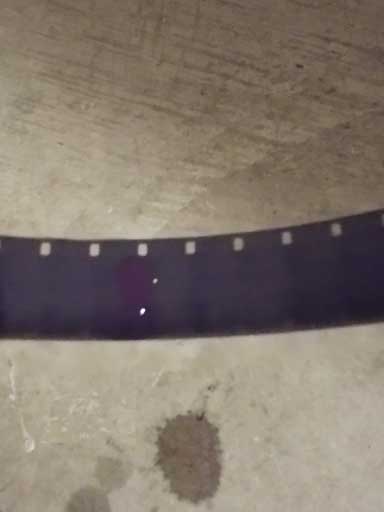
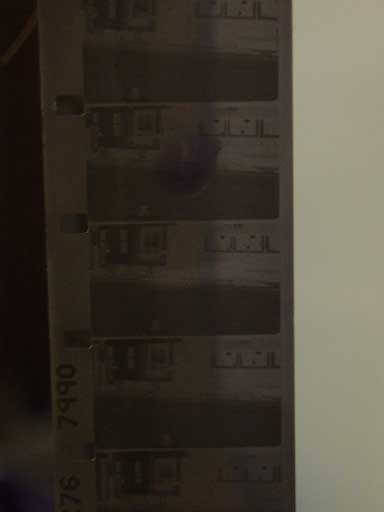
Thoughts:
I decided to conduct two water washes to make sure all of the developer was out of the lomo tank and off the film. I am considering seeing what one water wash would result in. I am also considering seeing what one water wash followed by a stop bath of vinegar would do. Will different kinds of salt offer different results? The only way to find out is to experiment.
Results:
Technically the salty fix is supposed to be just as good as fixer.
Initial results show that it indeed carried away the unwanted silver halides and hardened the emmulsion.
But how will it hold up over time...only time will tell!
The below photos were taken after the film had been left hanging in the studio for certain periods of time in natural light but not direct sunlight.
16mm Tri-X
48 hours
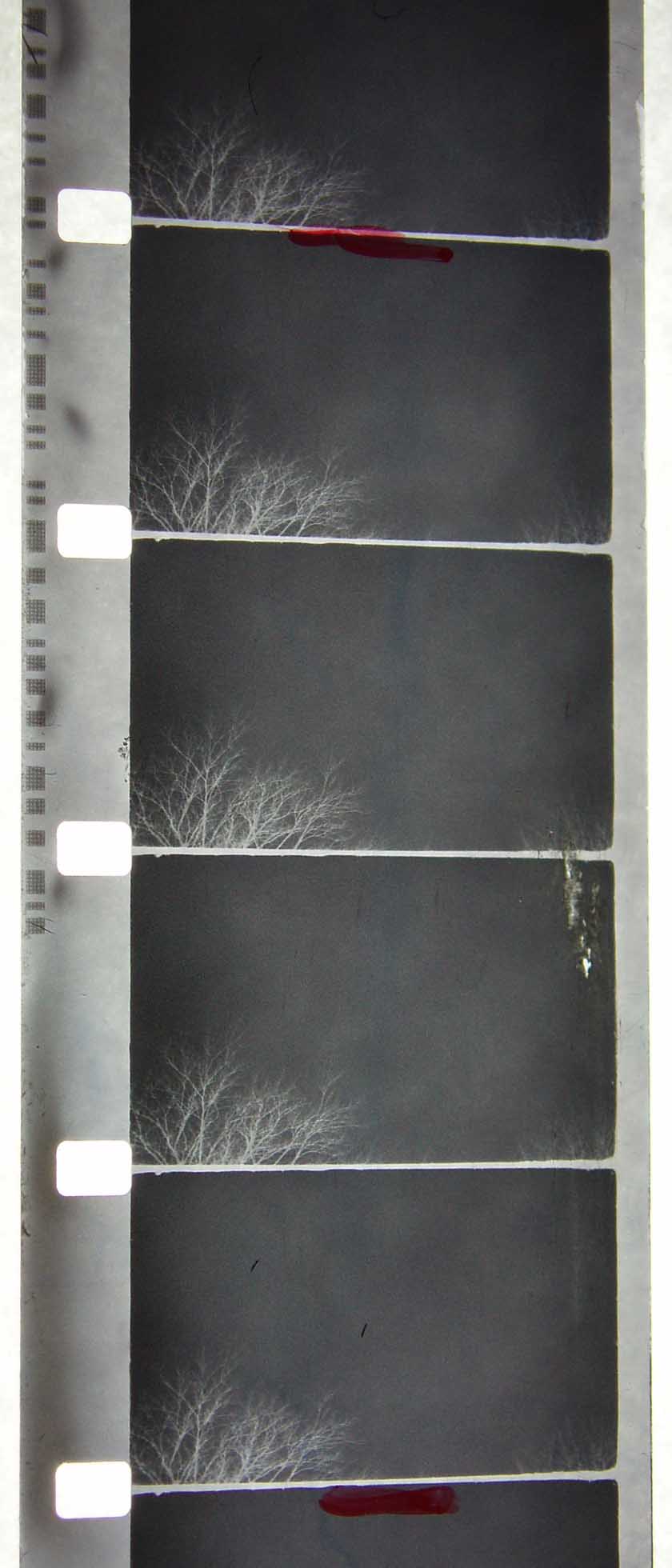
1 week
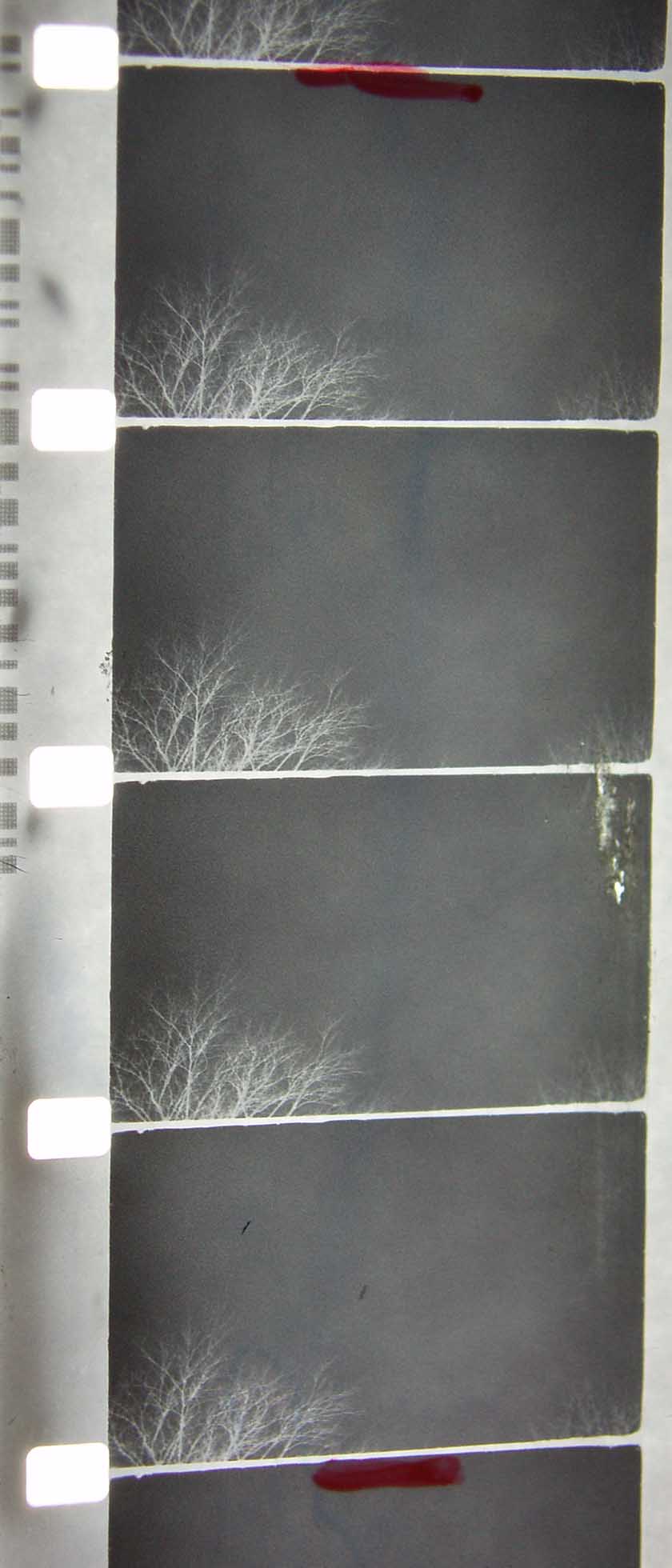
2 weeks
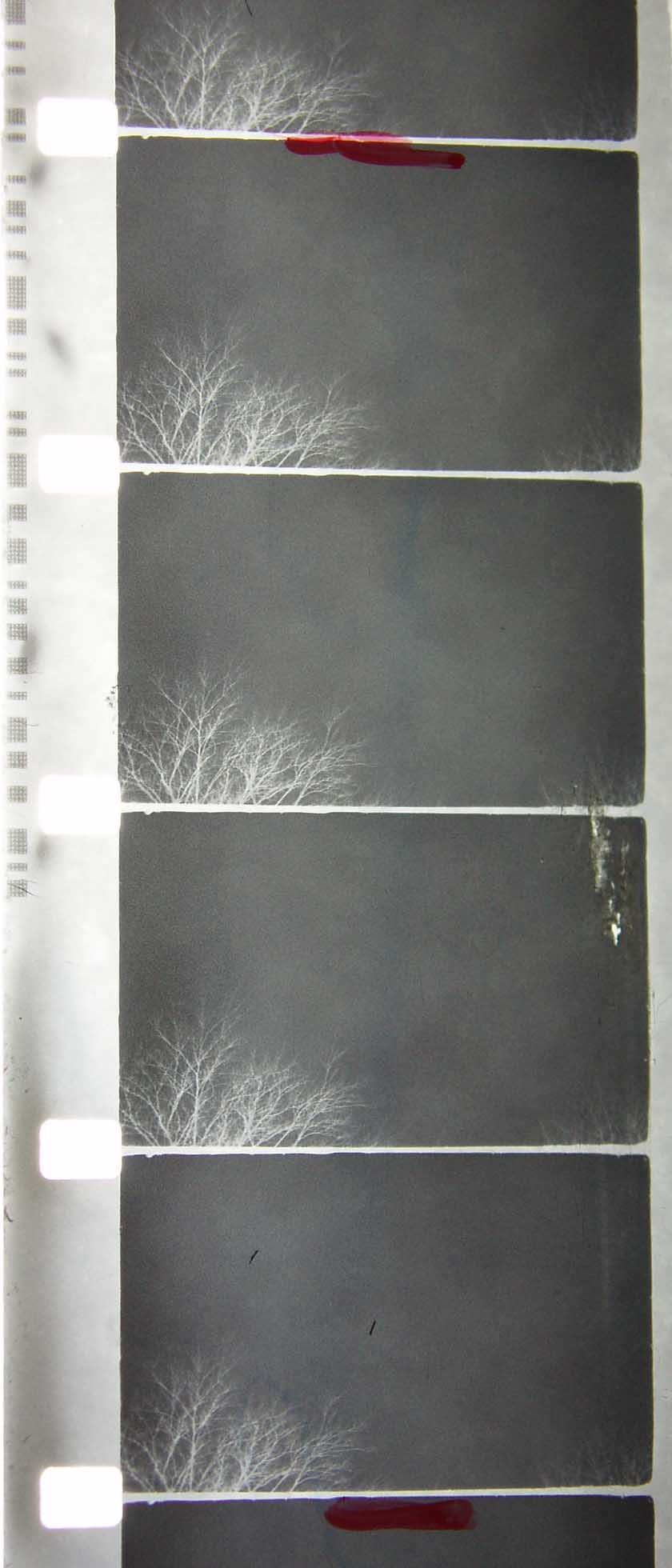
1 month
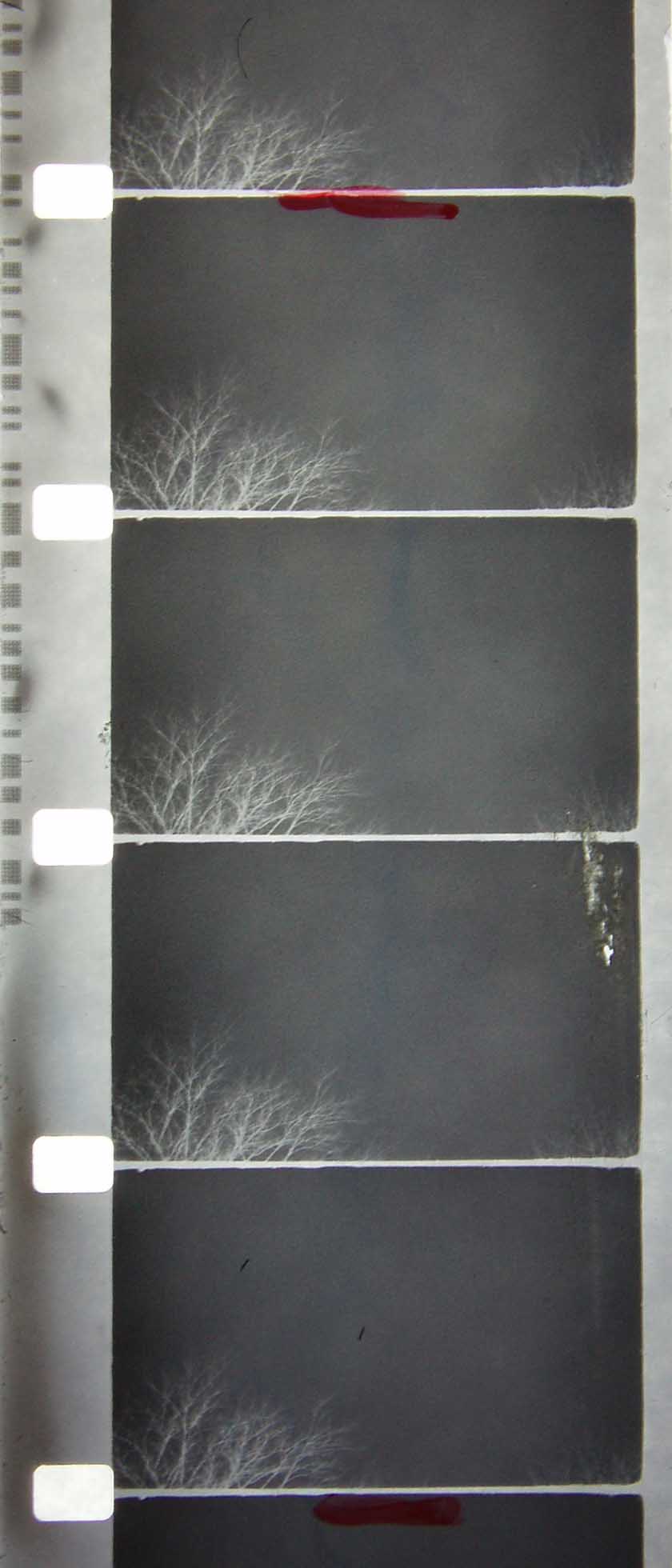
7 months
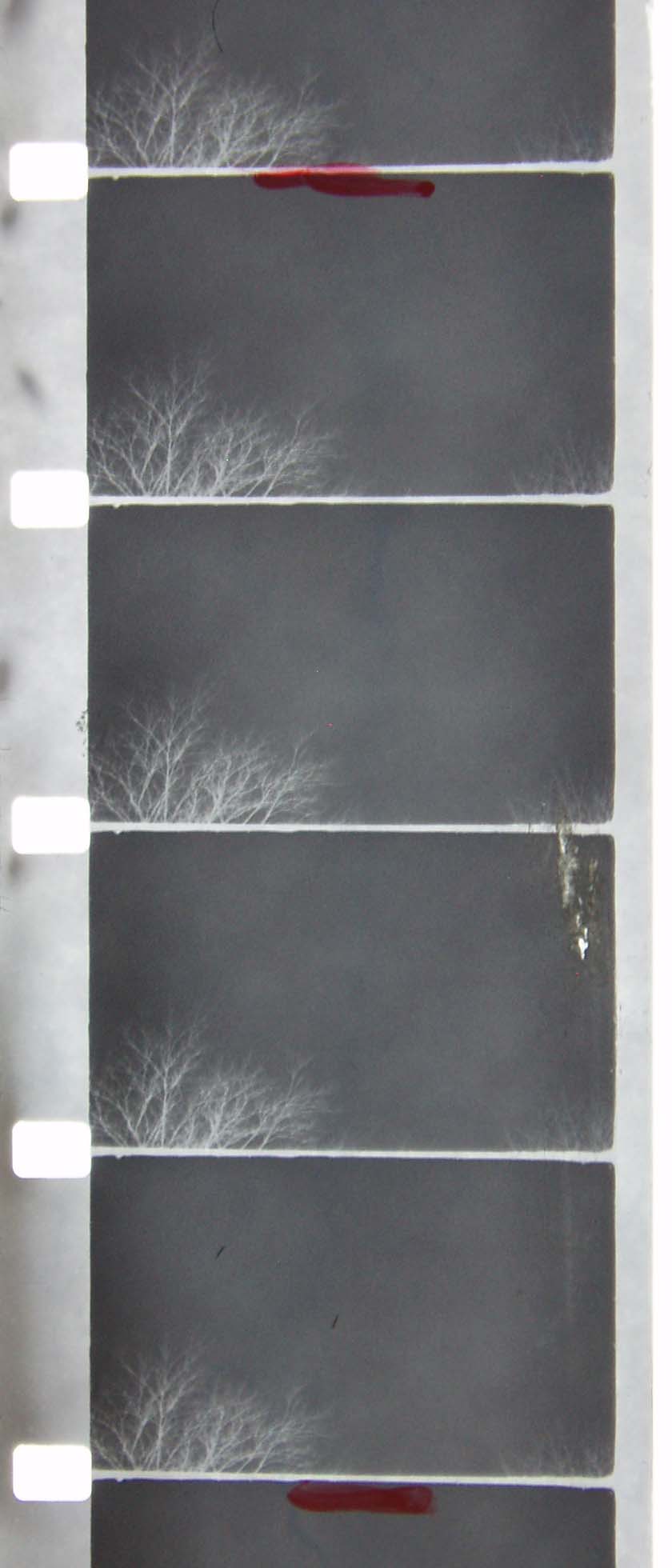
7 months

48 hours after
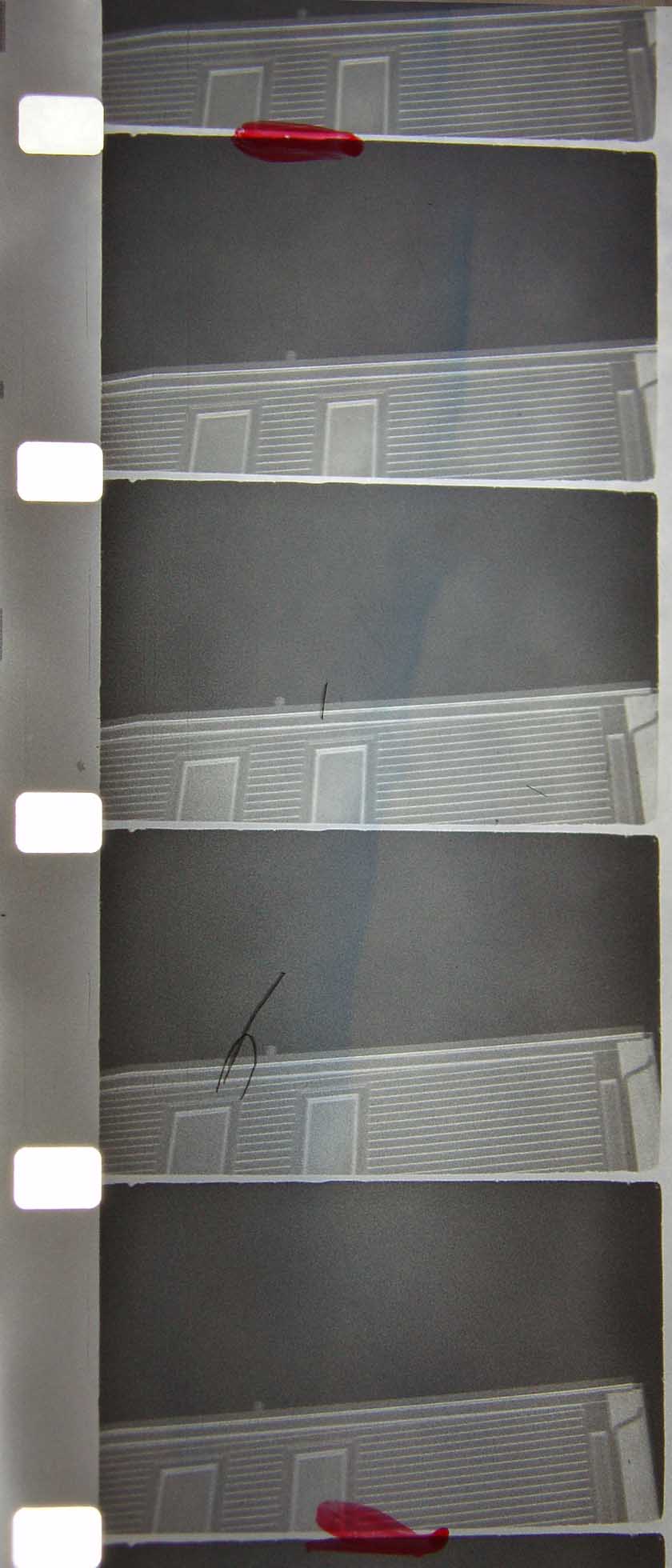
1 week
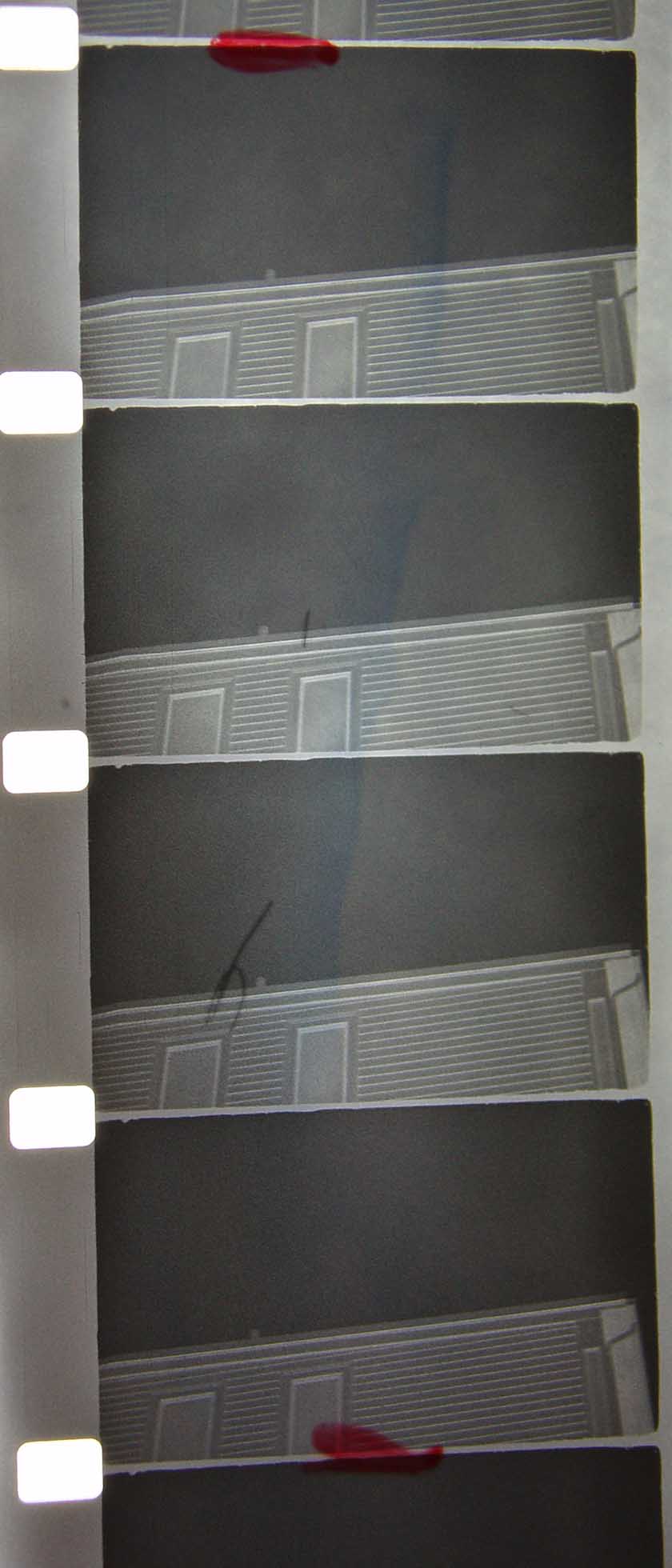
2 weeks
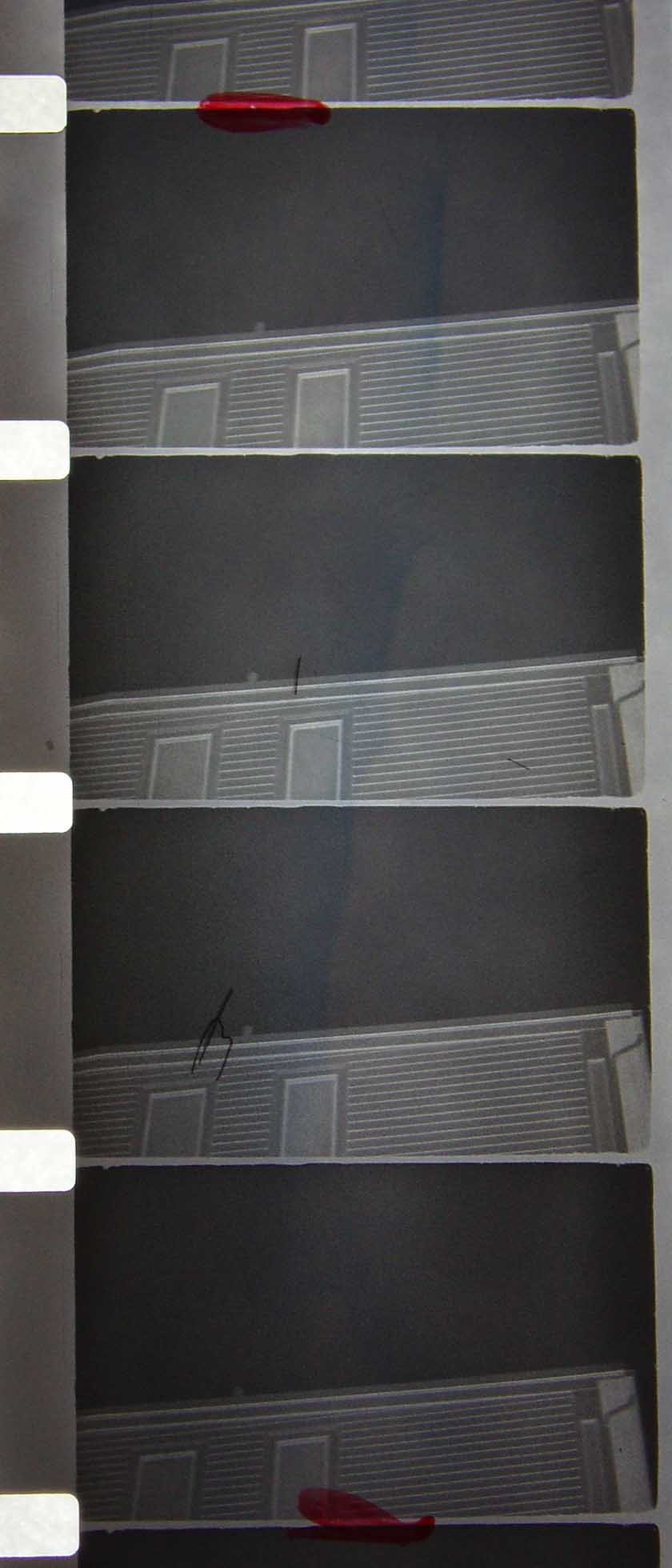
1 month
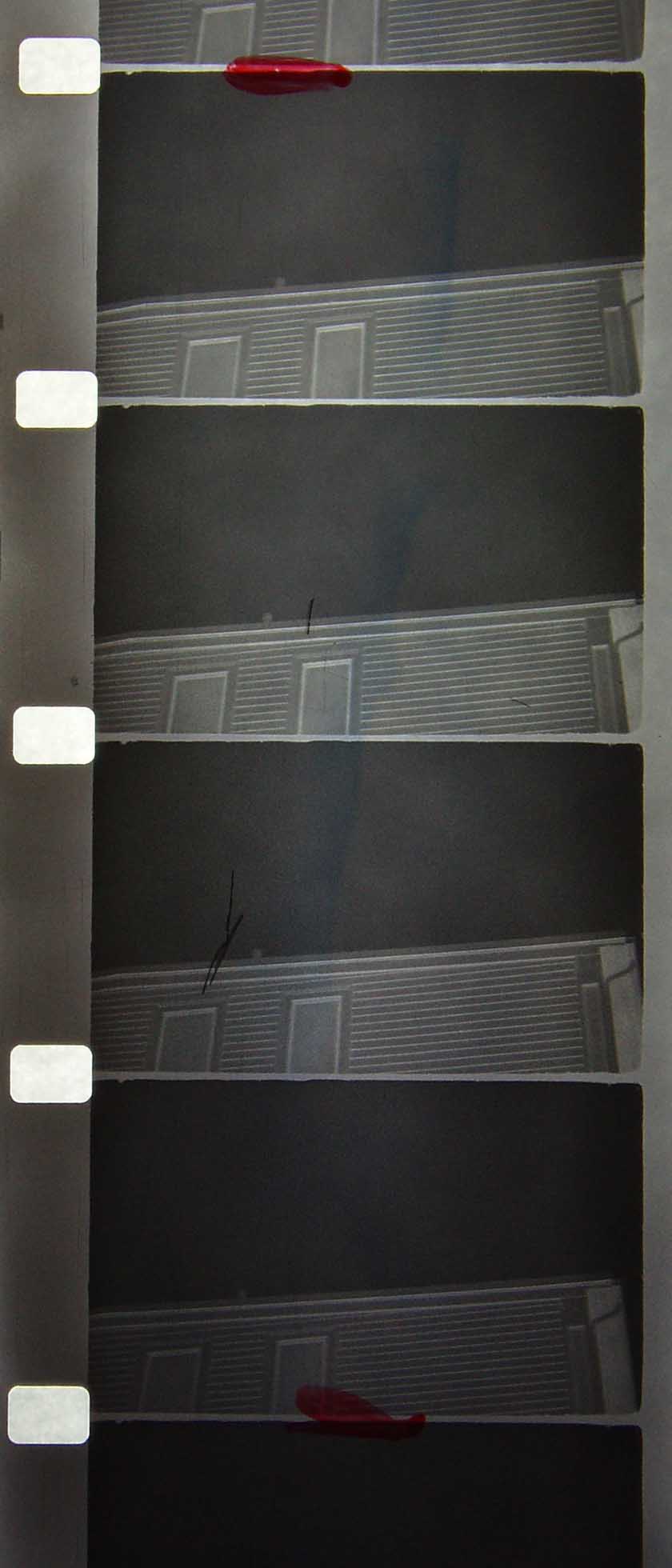
7 months
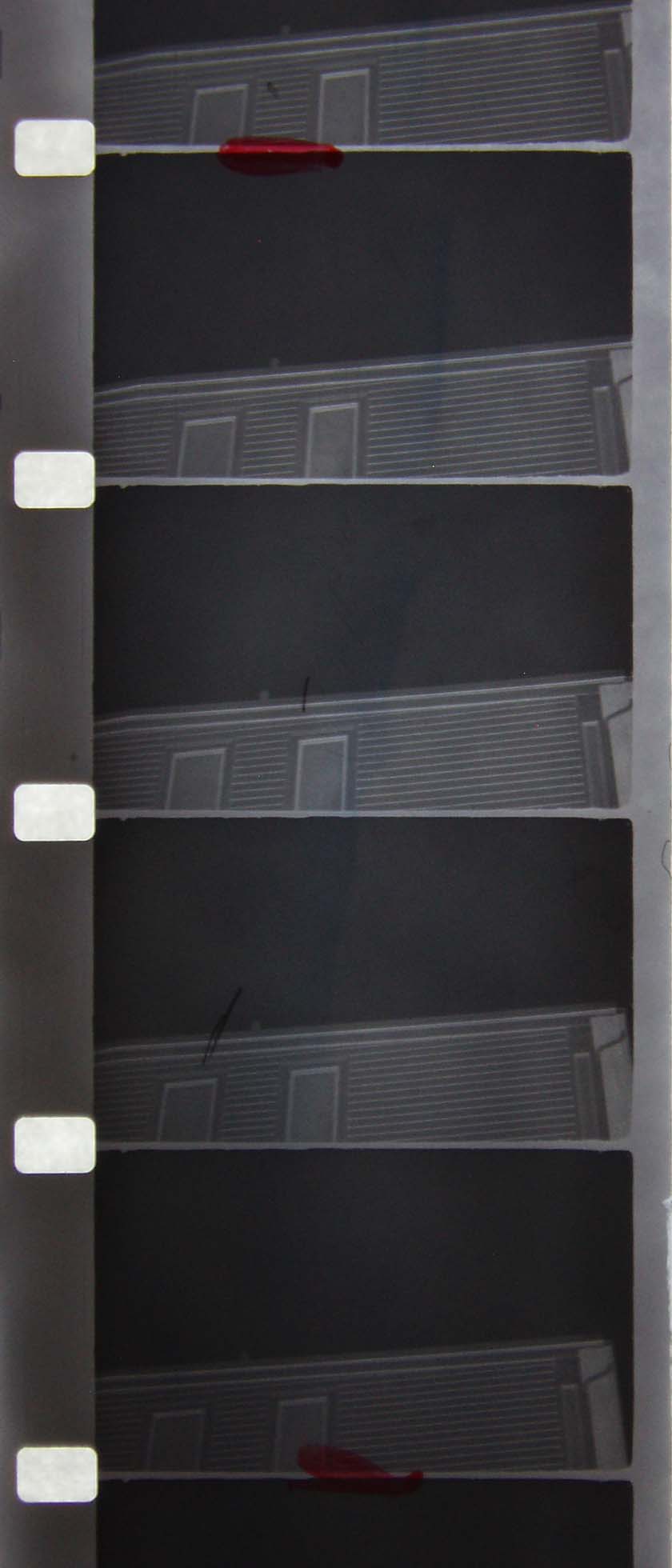
7 months

48 hours
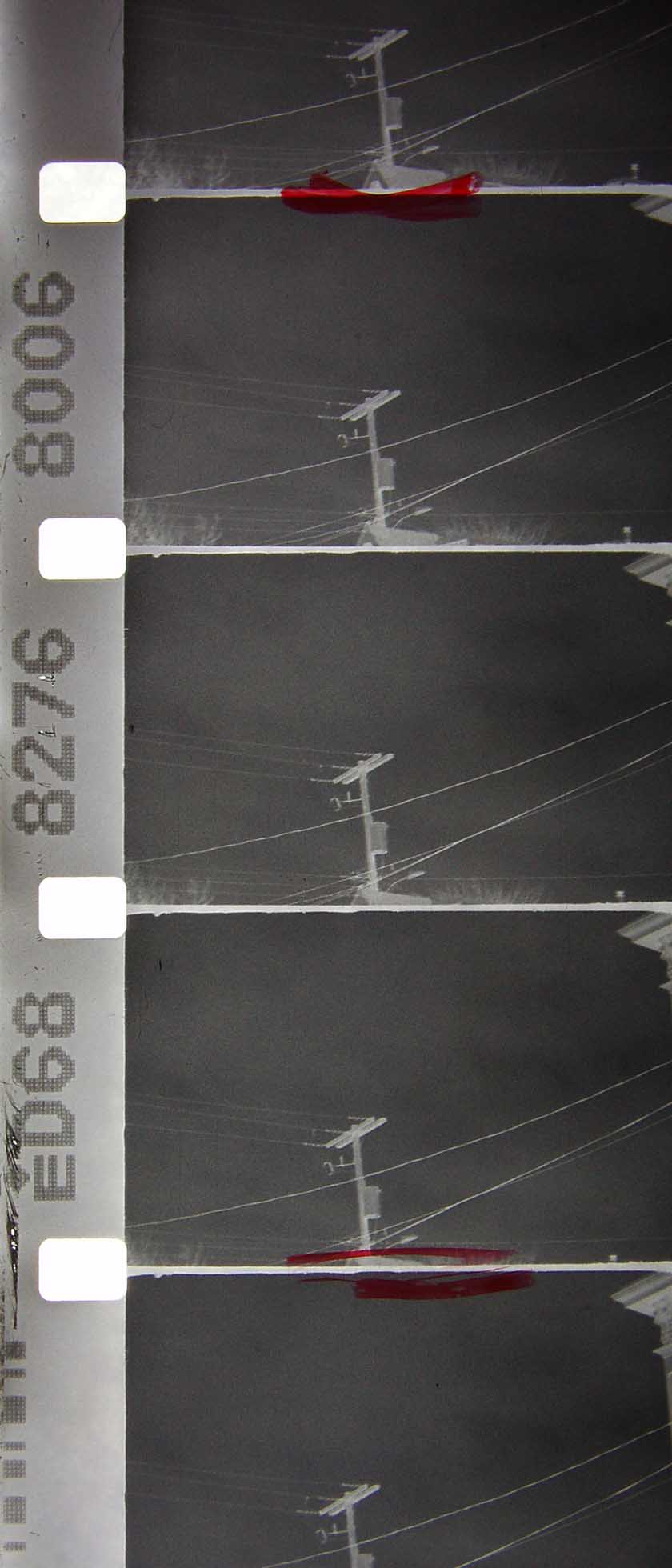
1 week
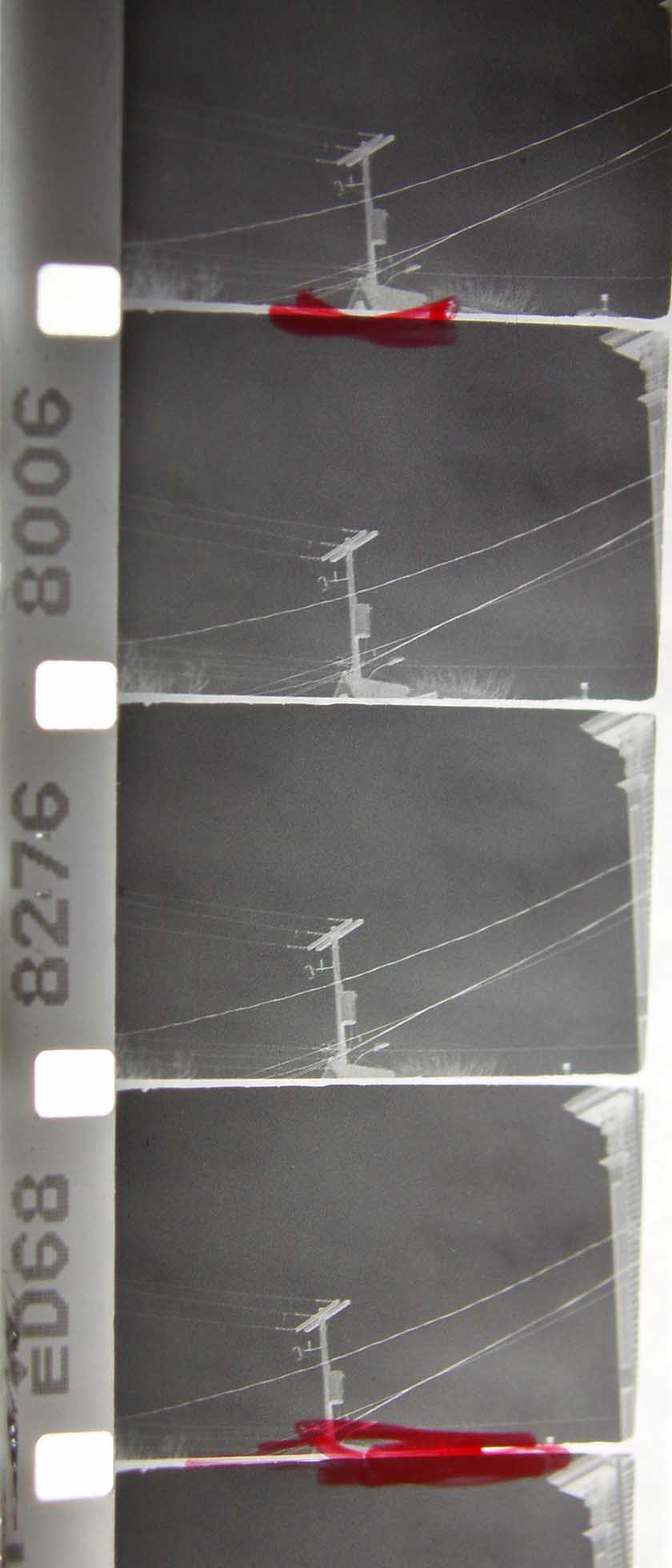
2 weeks
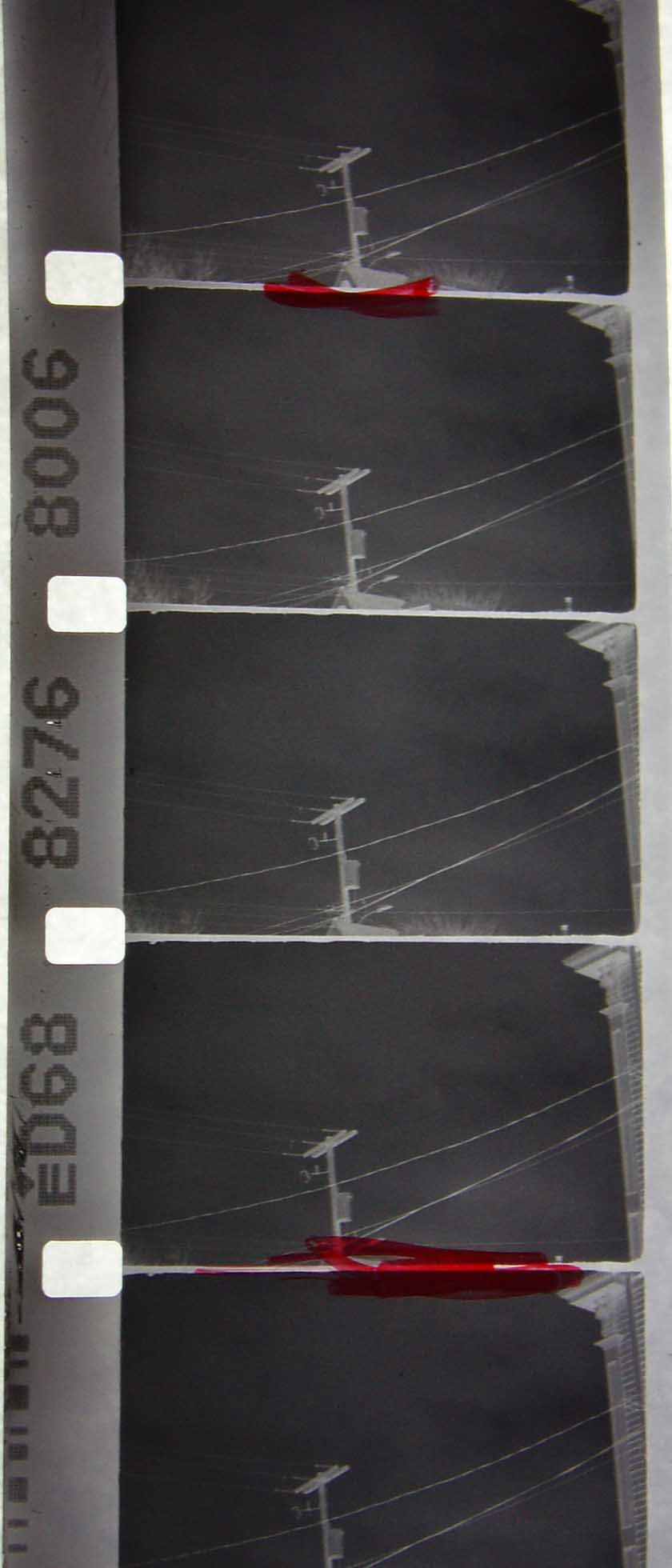
1 month
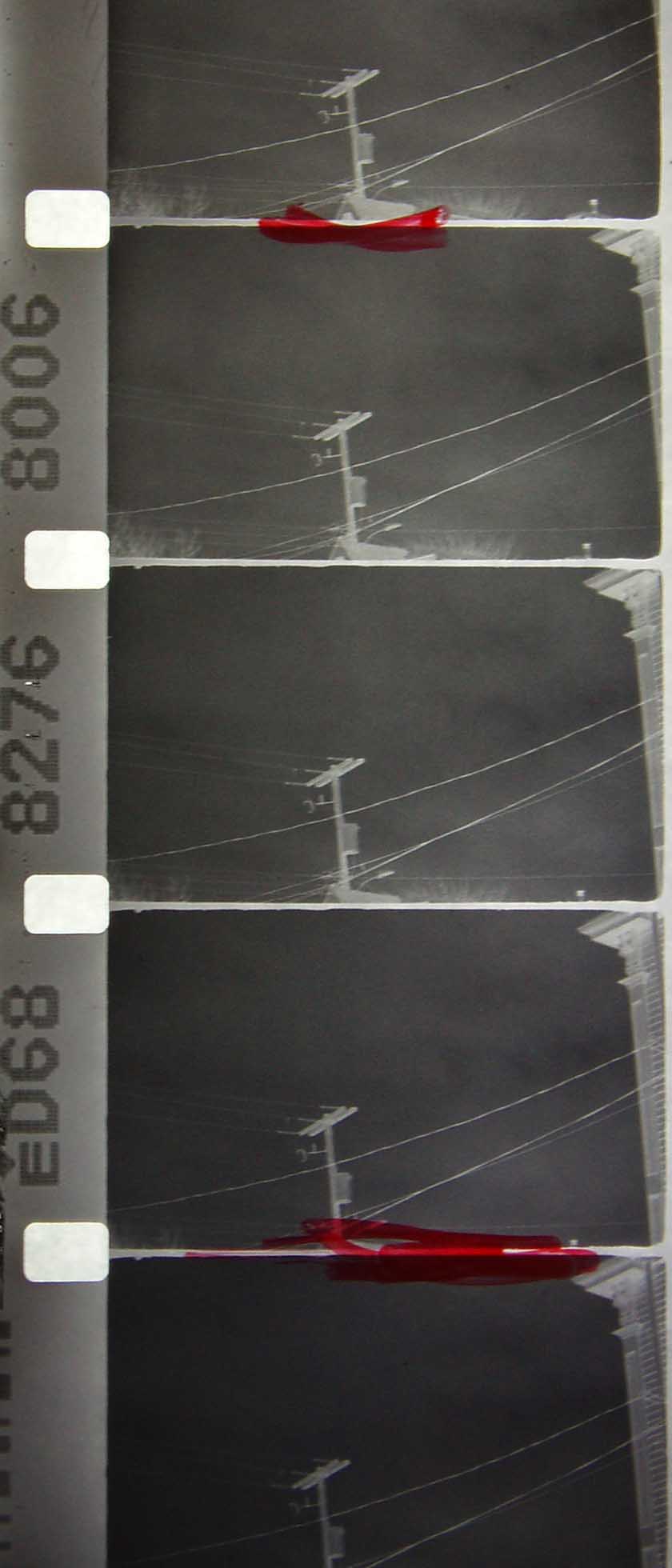
7 months

7 months

48 hours
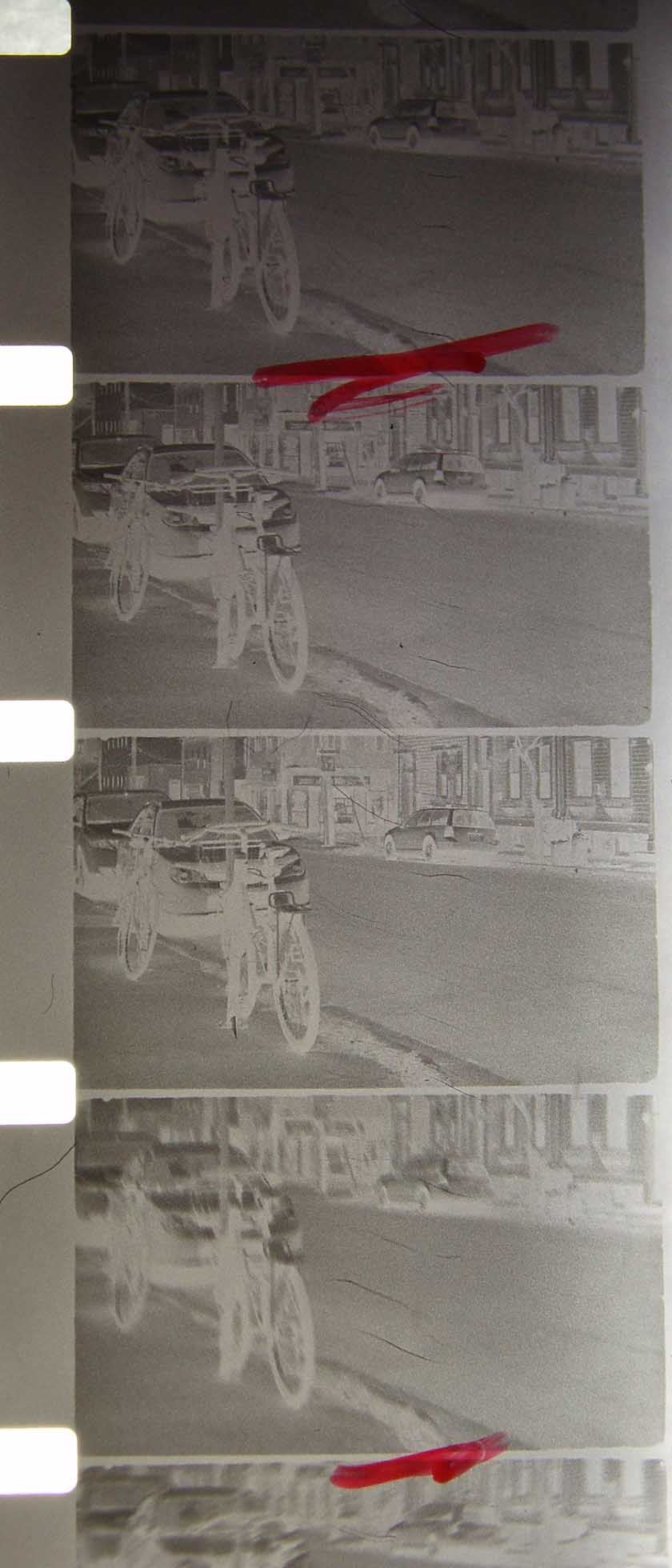
1 week
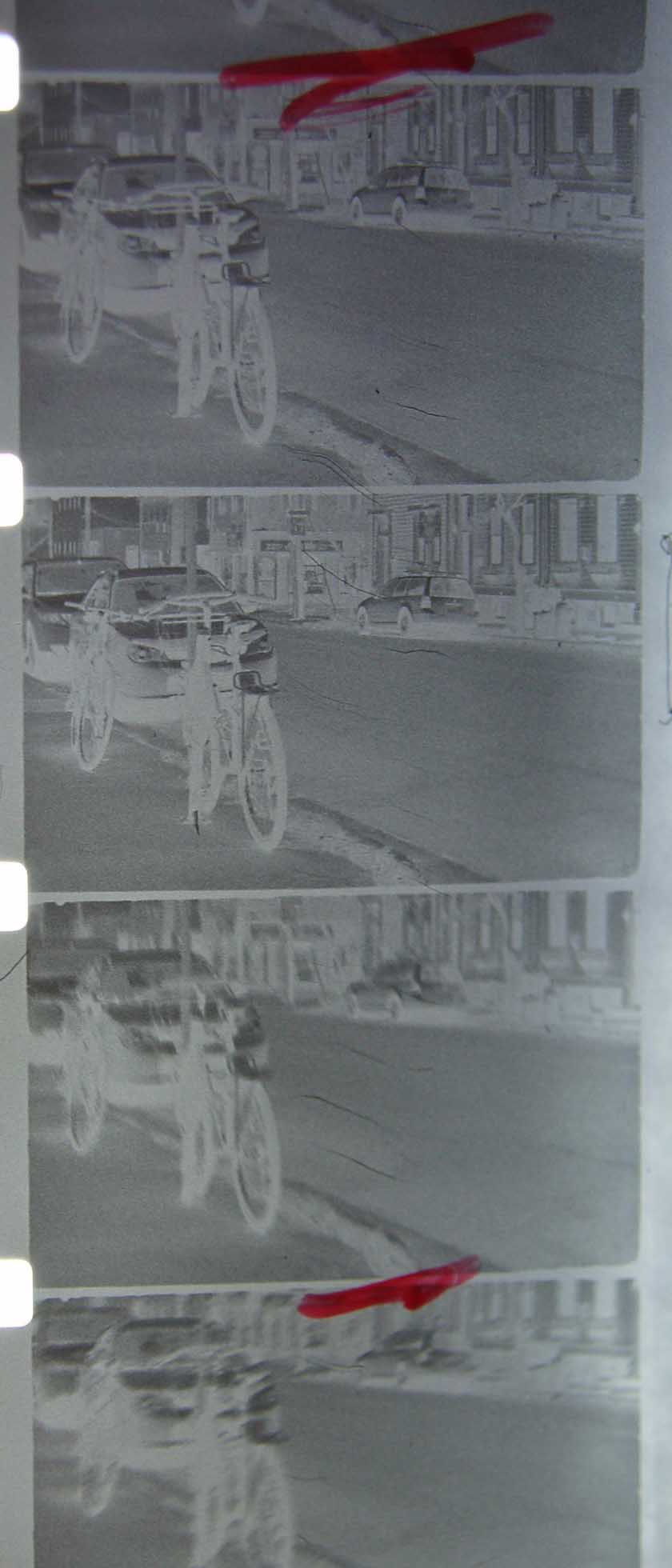
2 weeks
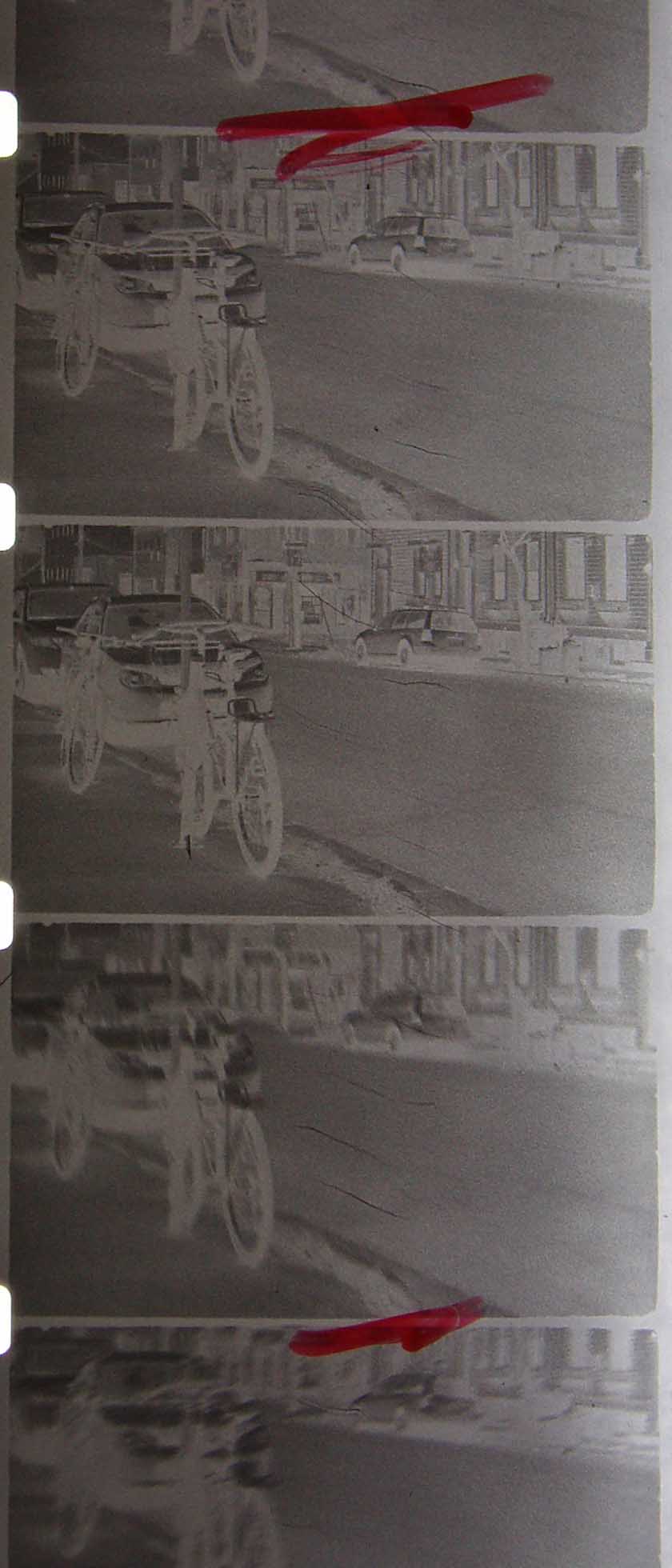
1 month
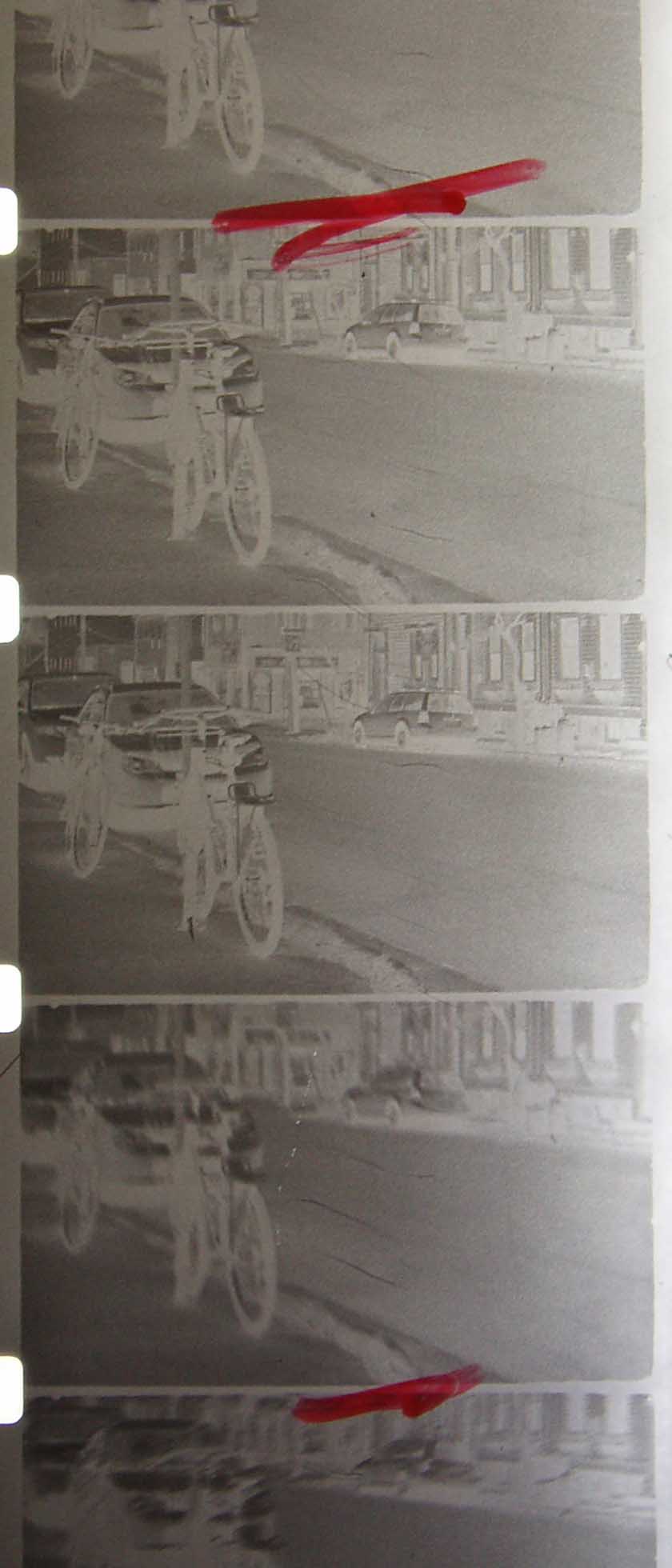
7 months
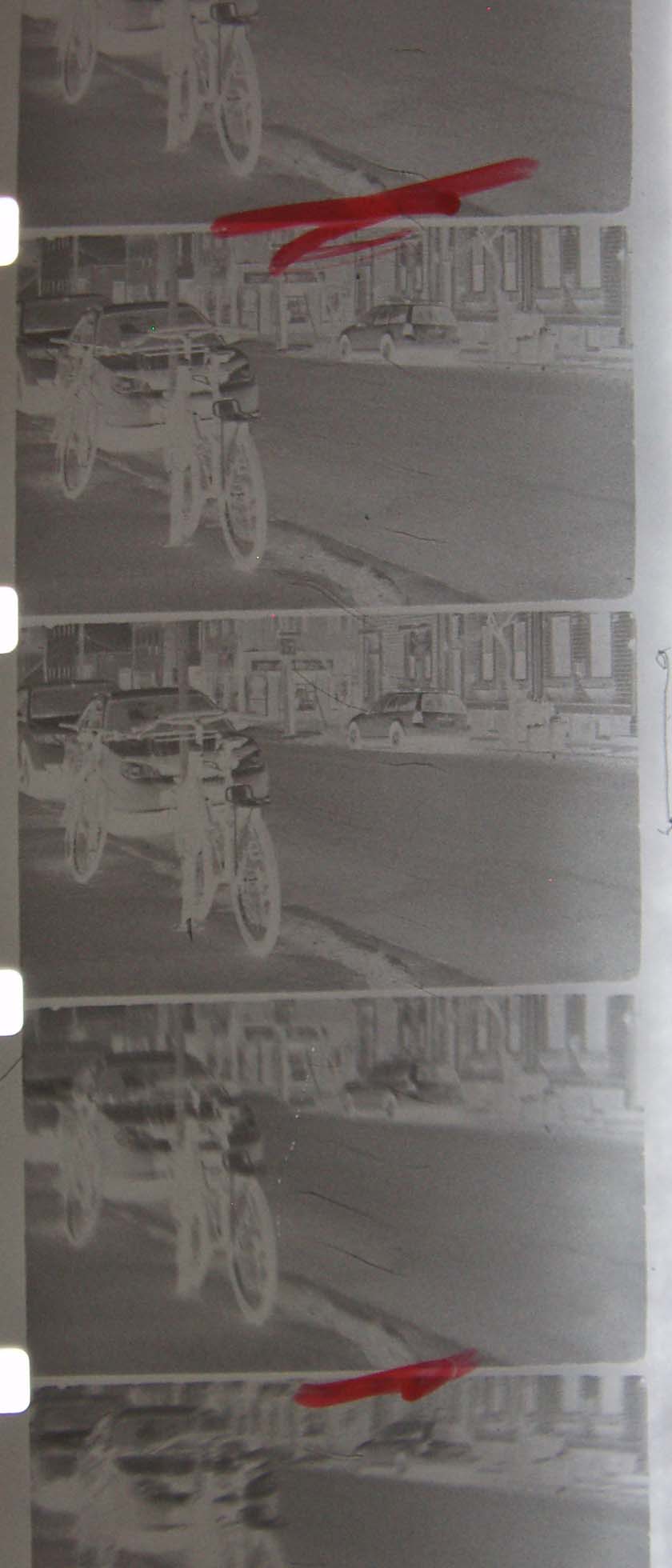
7 months

Super 8mm Tri-X
48 hours
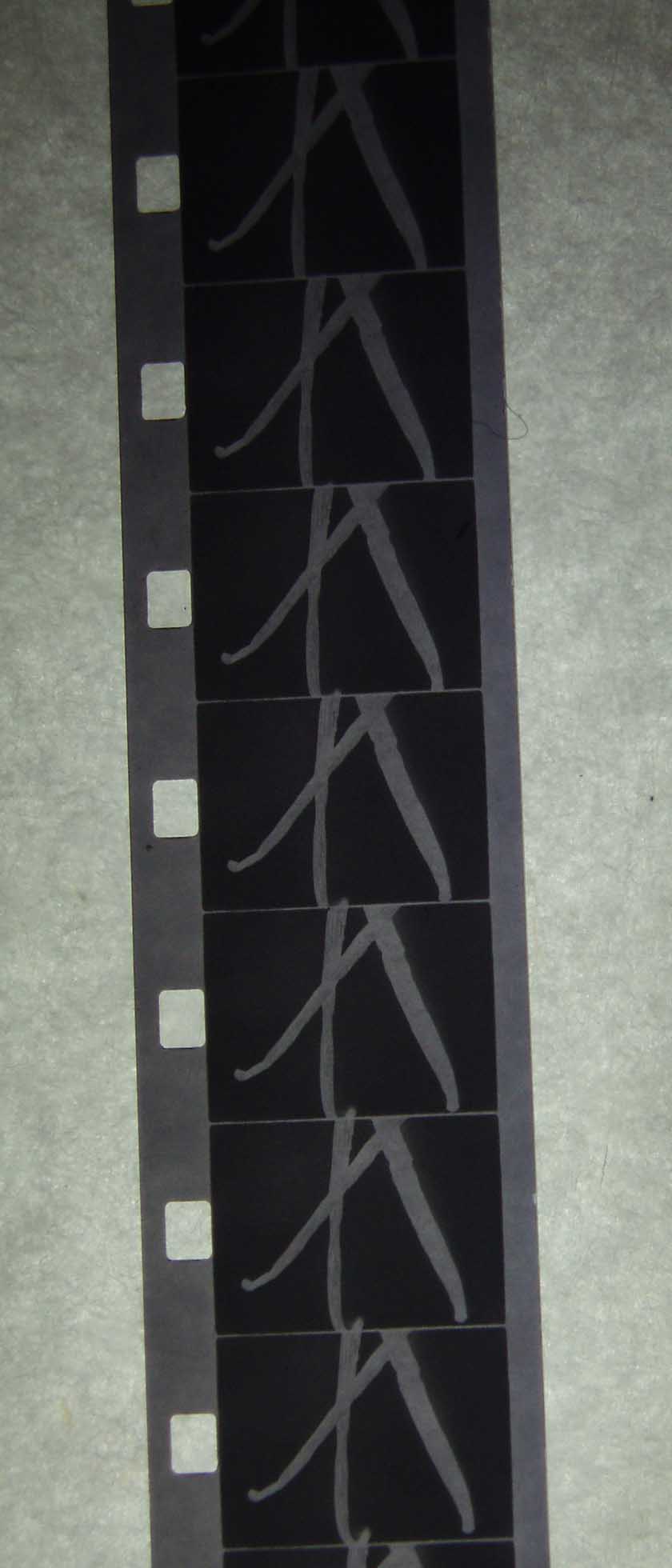
1 week
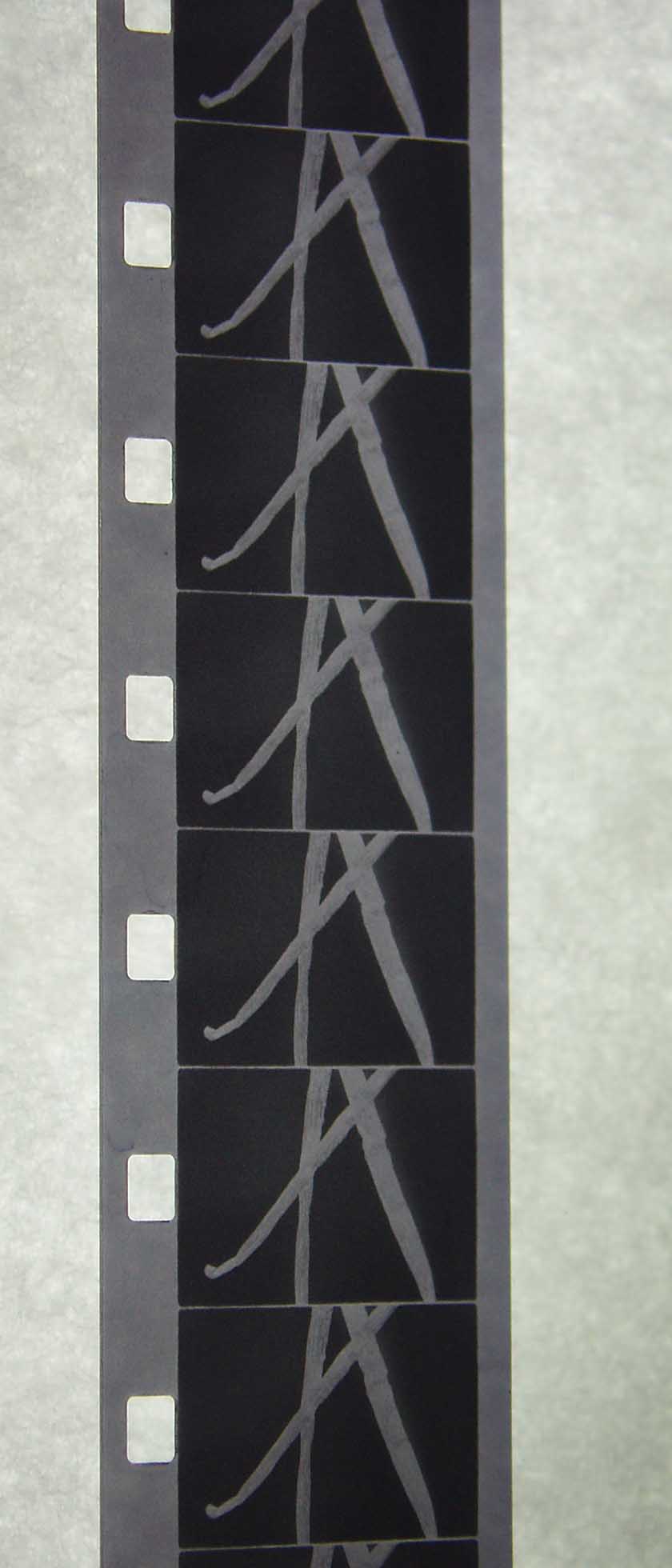
2 weeks
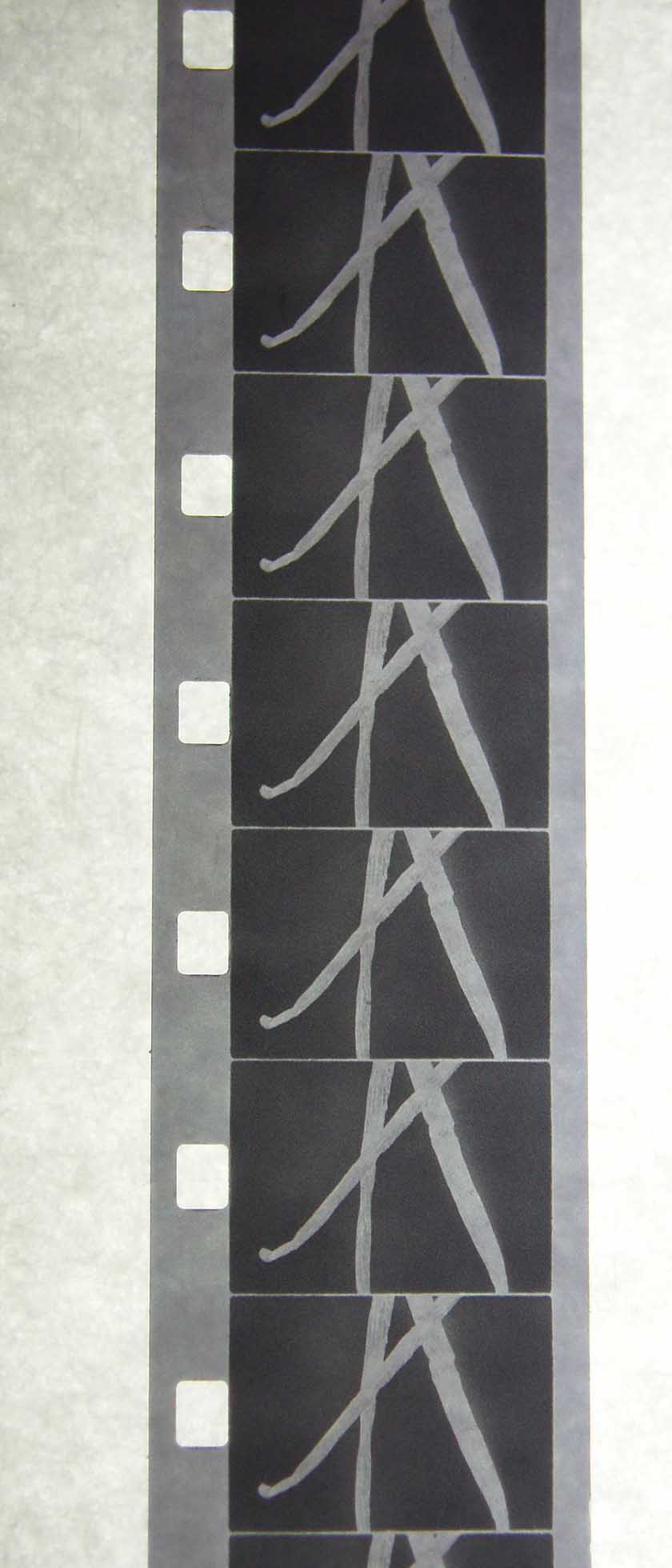
1 month
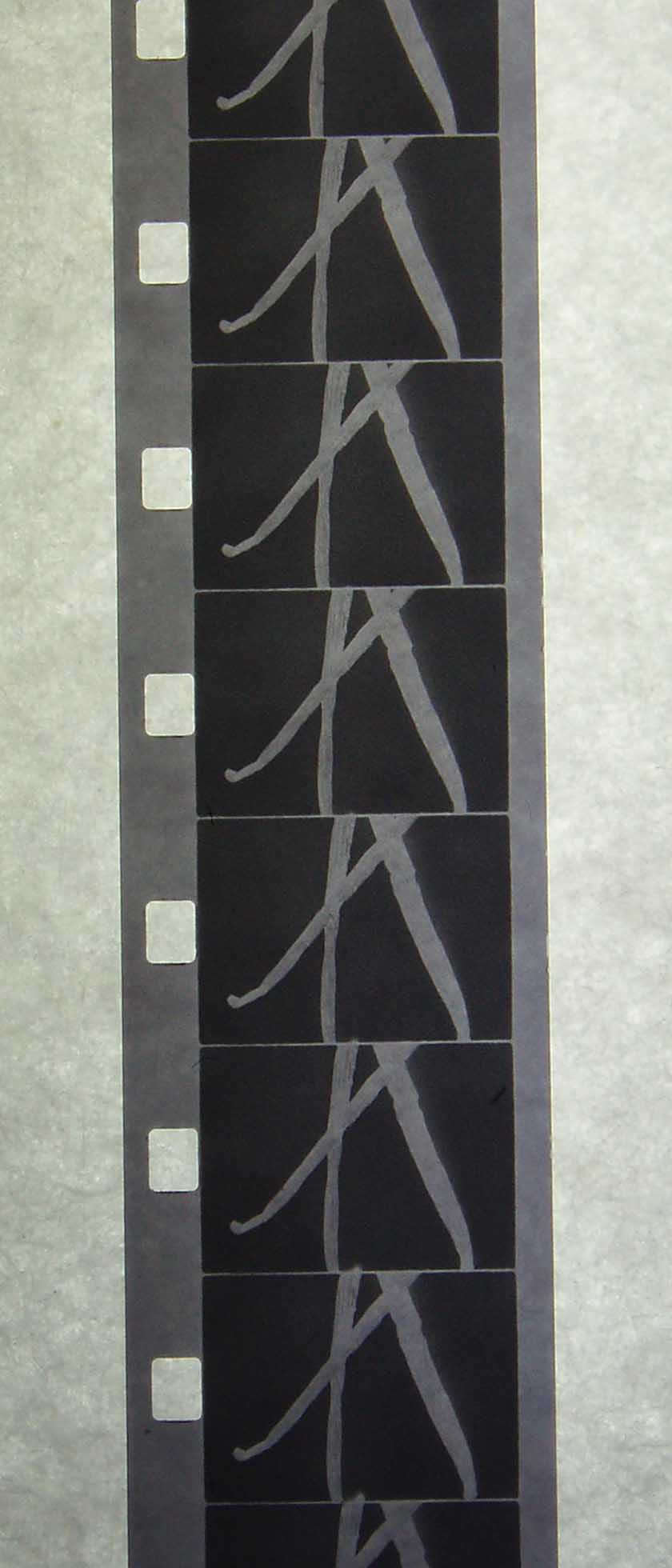
7 month
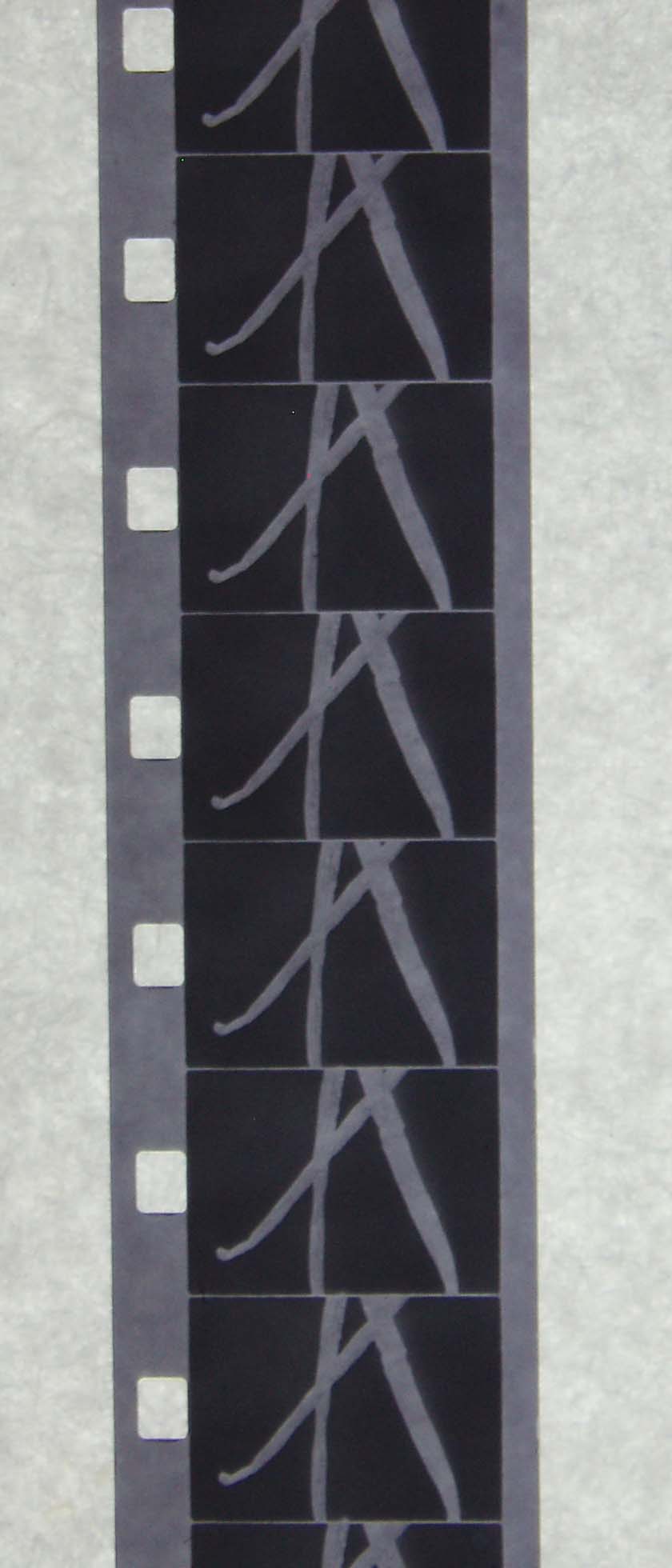
7 month

48 hours
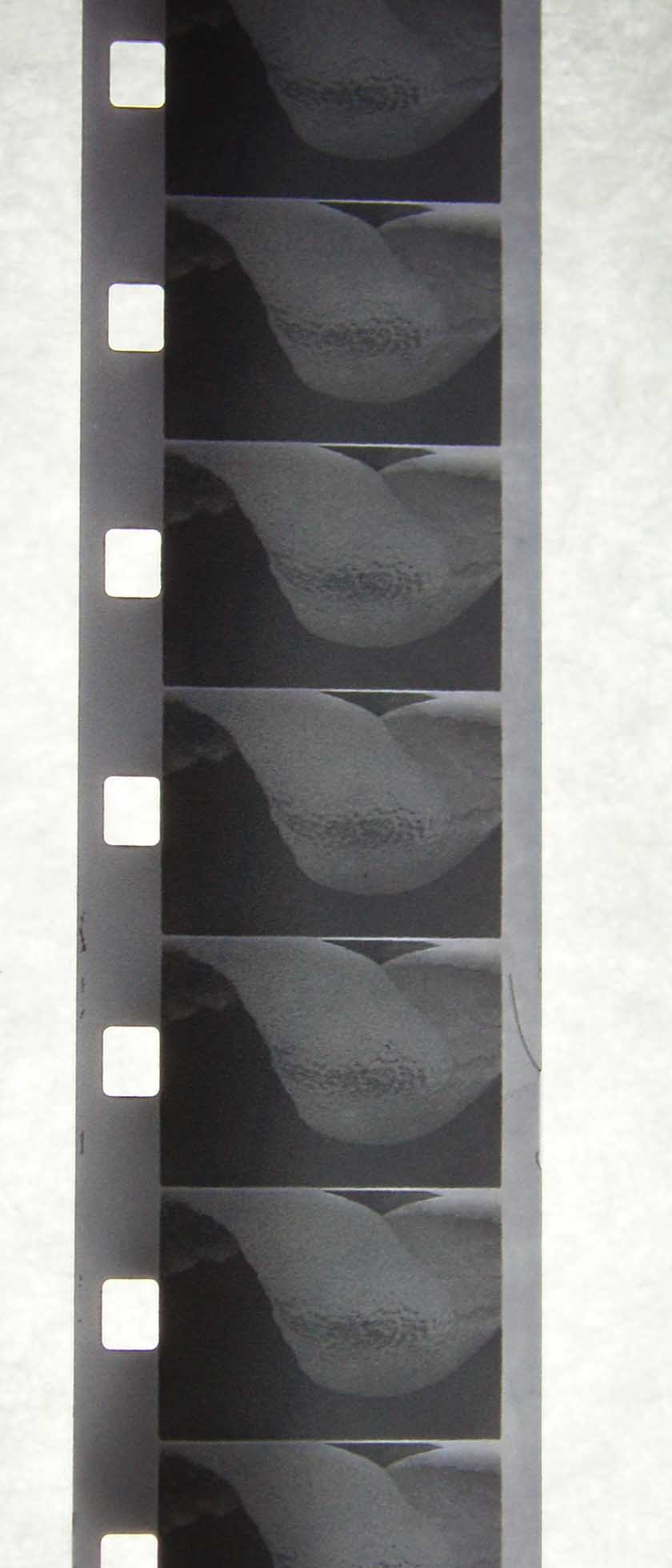
1 week
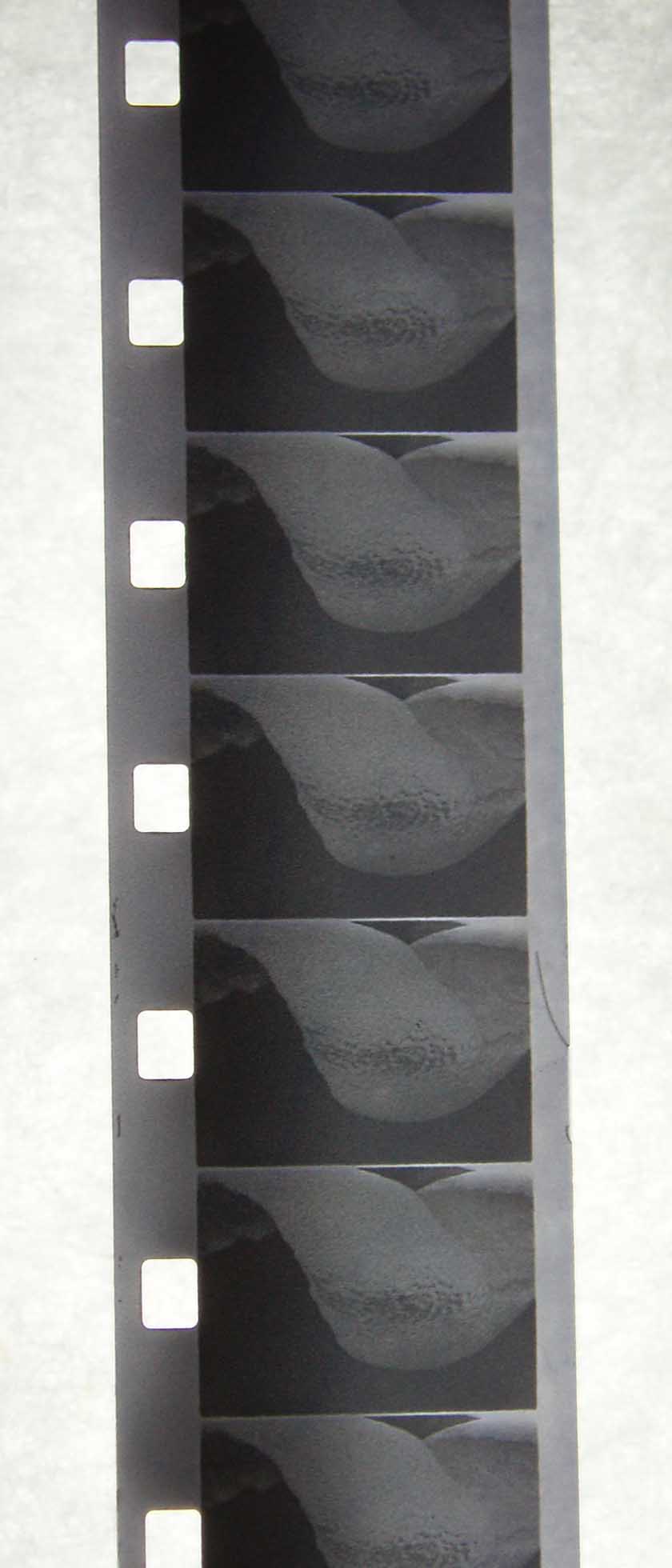
2 weeks
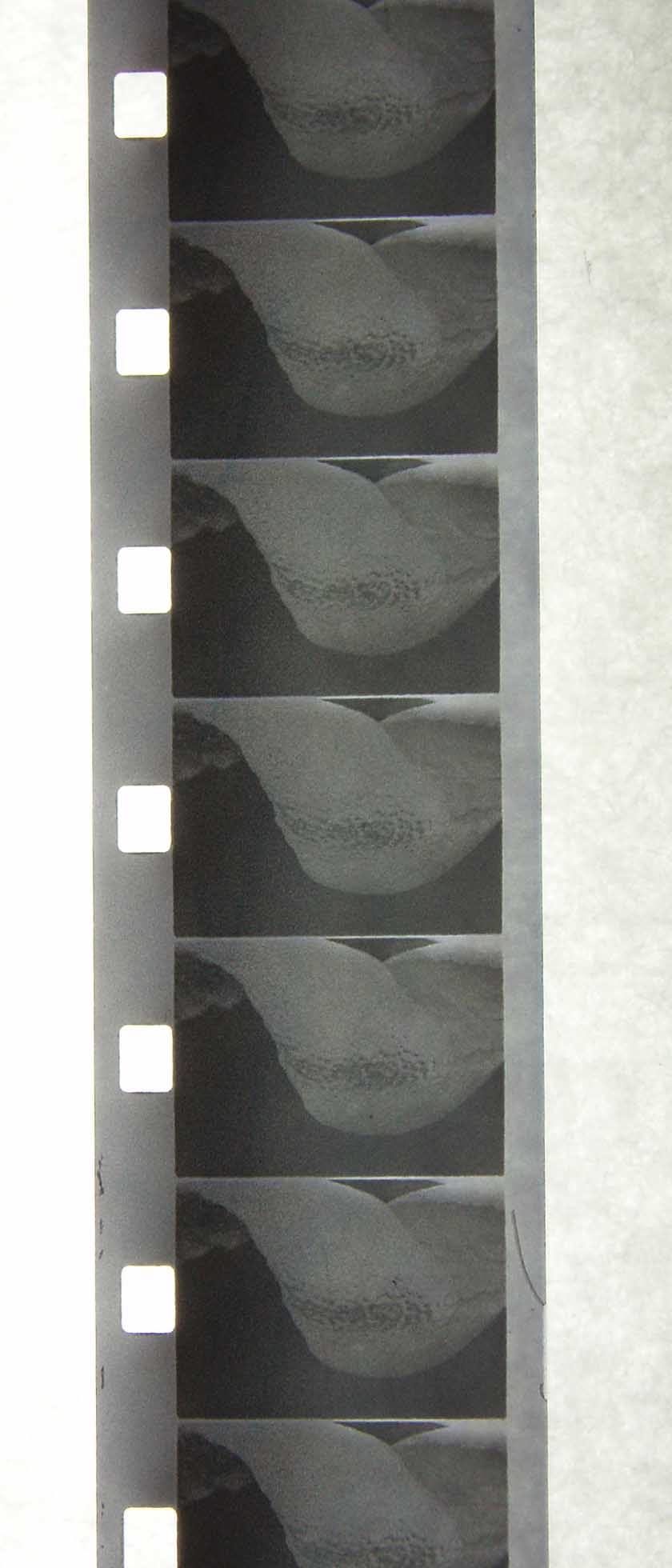
1 month
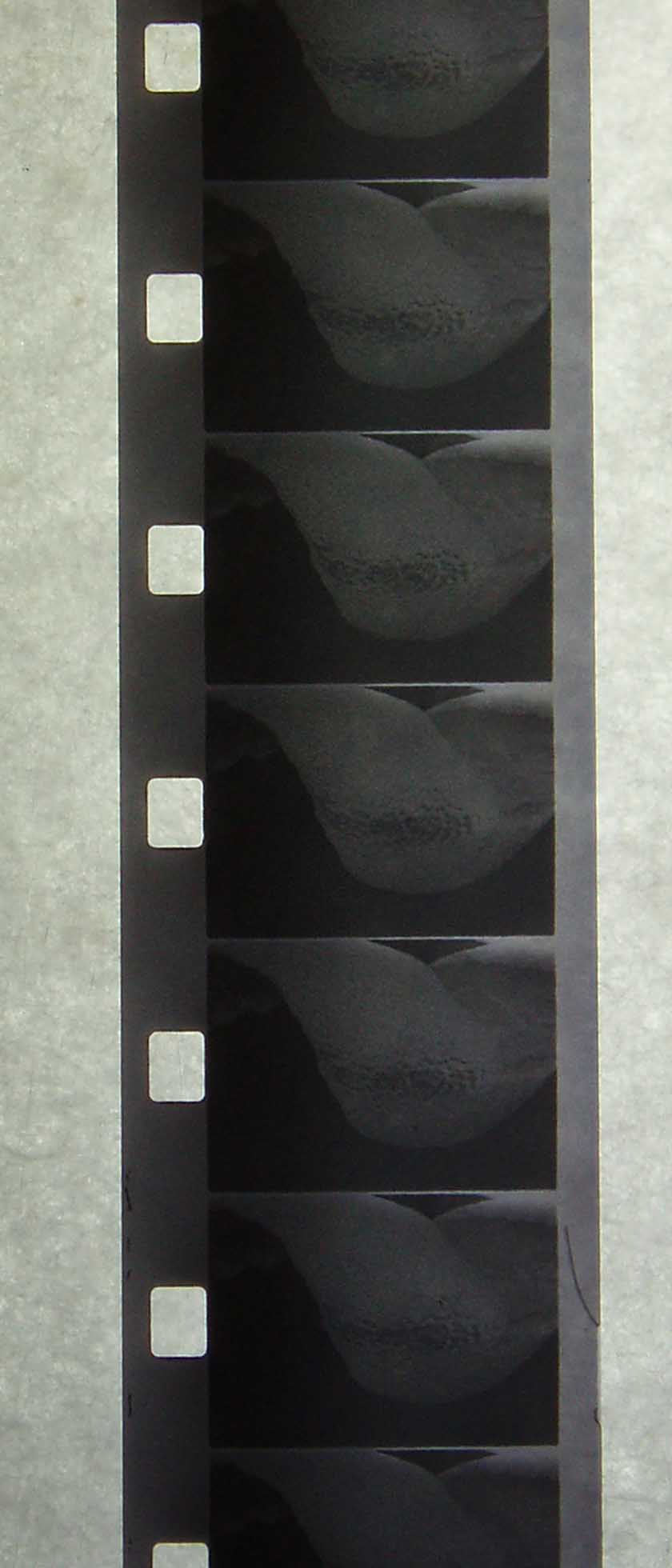
7 months
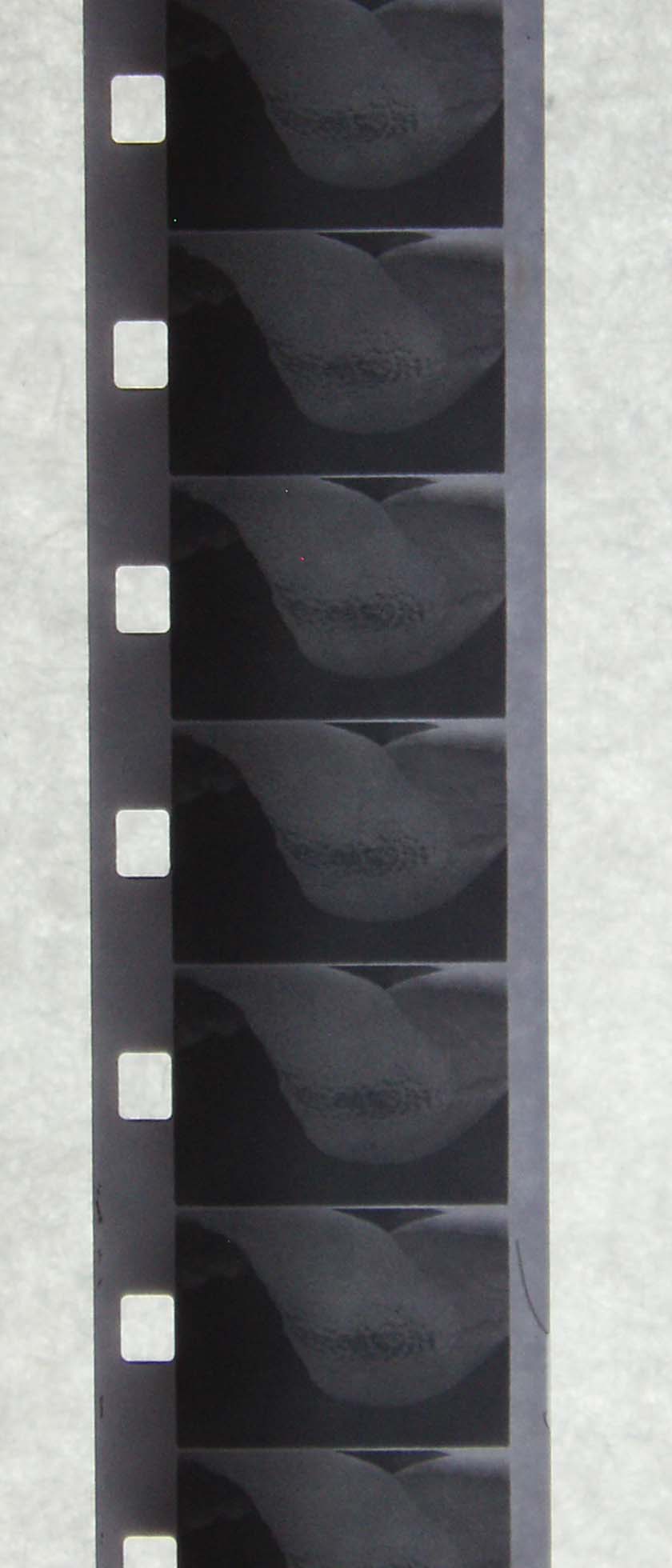
7 months

.